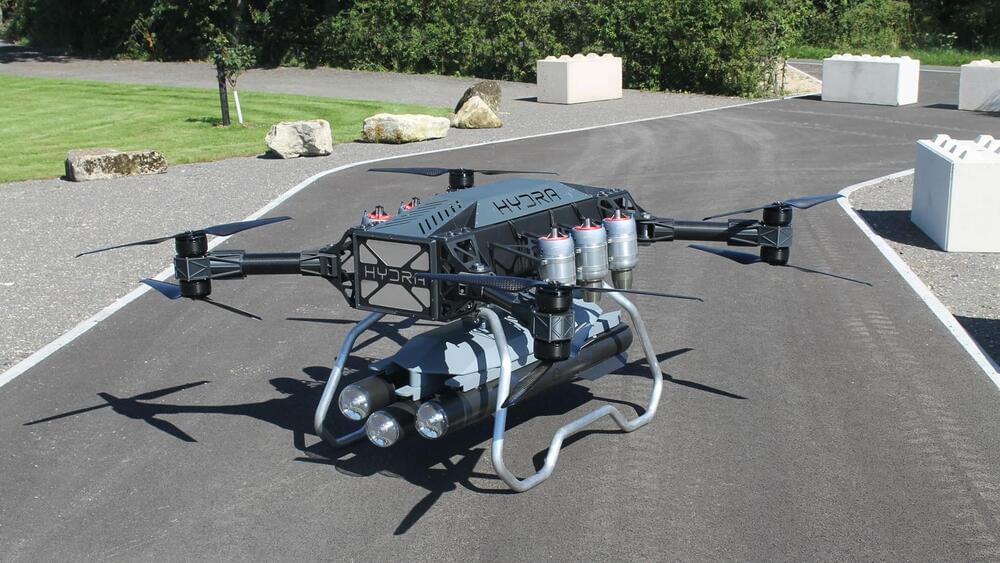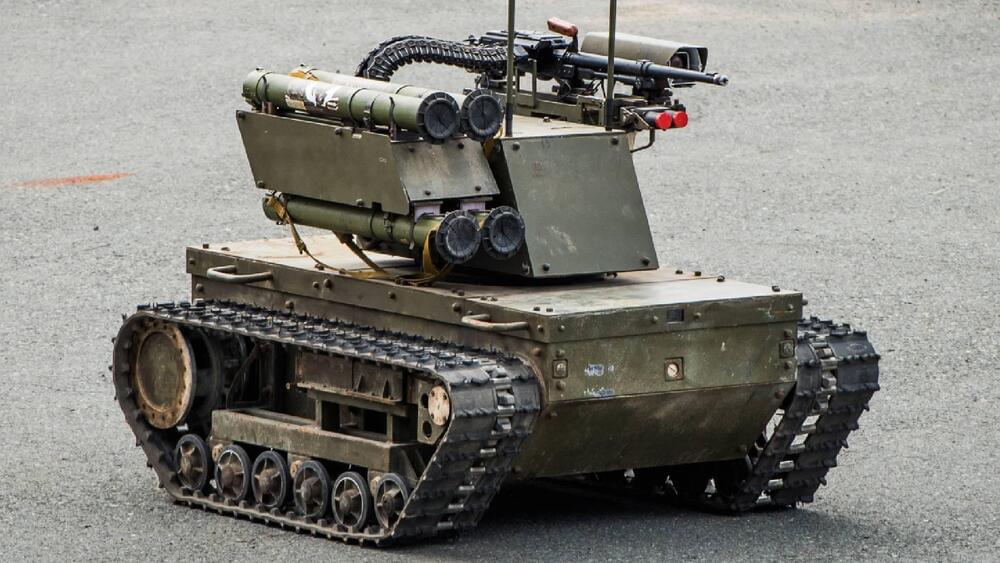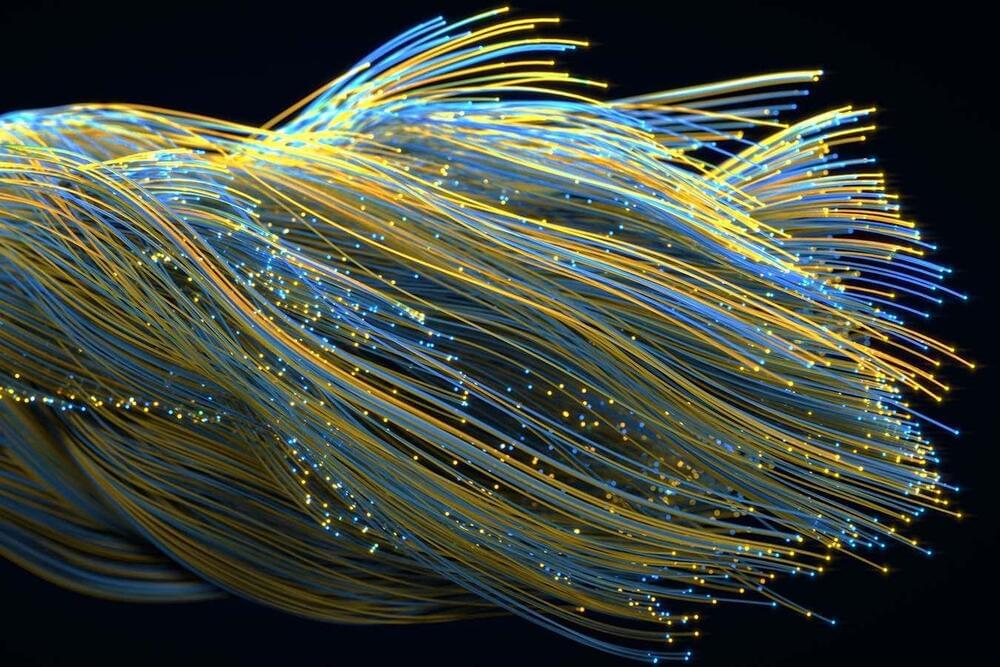The British Army has just showcased its next-generation, jet-propelled, heavy-lift Hydra 400 drone at this year’s DSEI conference in London.
The British Ministry of Defense (MoD) officially displayed its latest jet-propelled, heavy-lift drone at the Defence and Security Equipment International (DSEI) conference at the ExCeL center in London this September (2023). Called the Hydra 400, the British Army stand also featured the drone’s Aether mothership. A pioneering new generation of heavy-lift drones using hybrid propulsion technology (rotors and jet engines), the Hydra 400 is compact and portable, can be transported on a regular pickup truck, and can be prepared for flight in six minutes. It… More.
MoD
Death from above.









